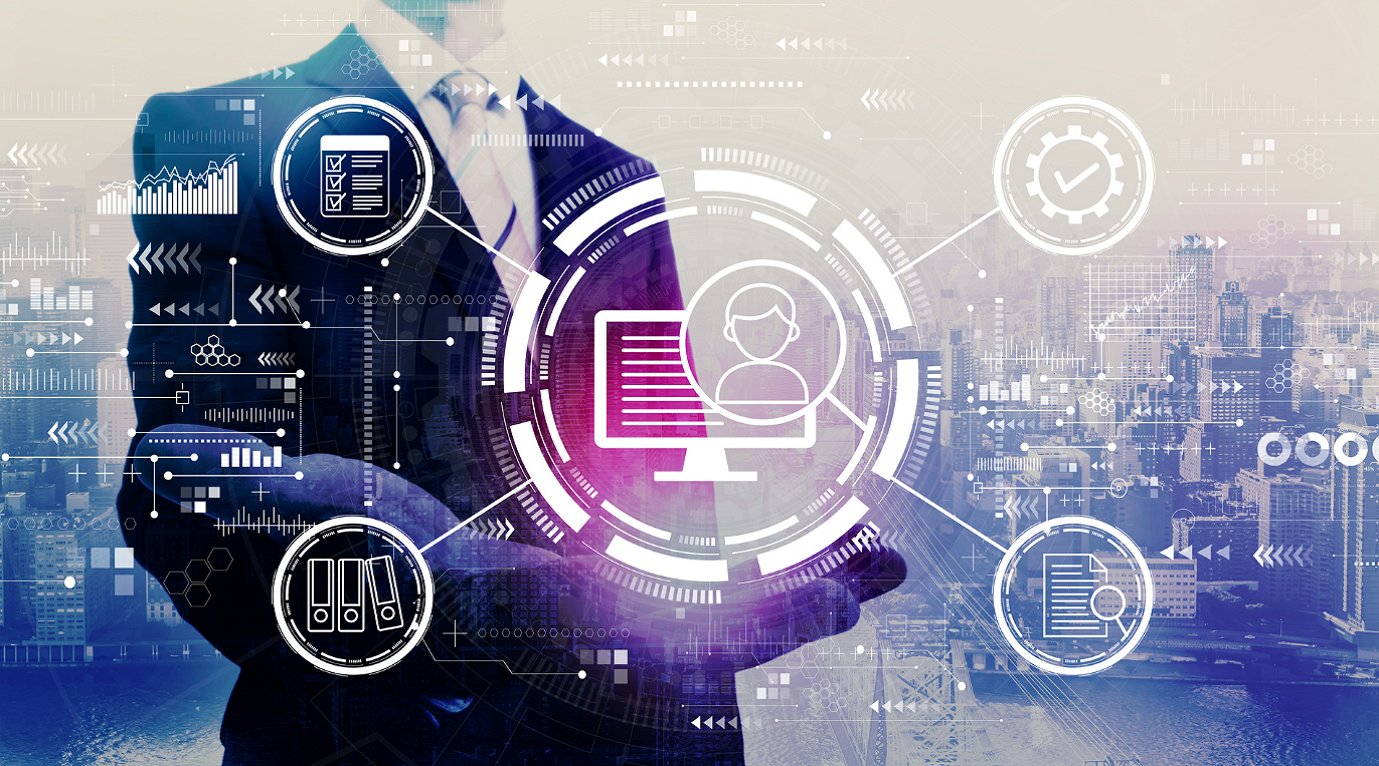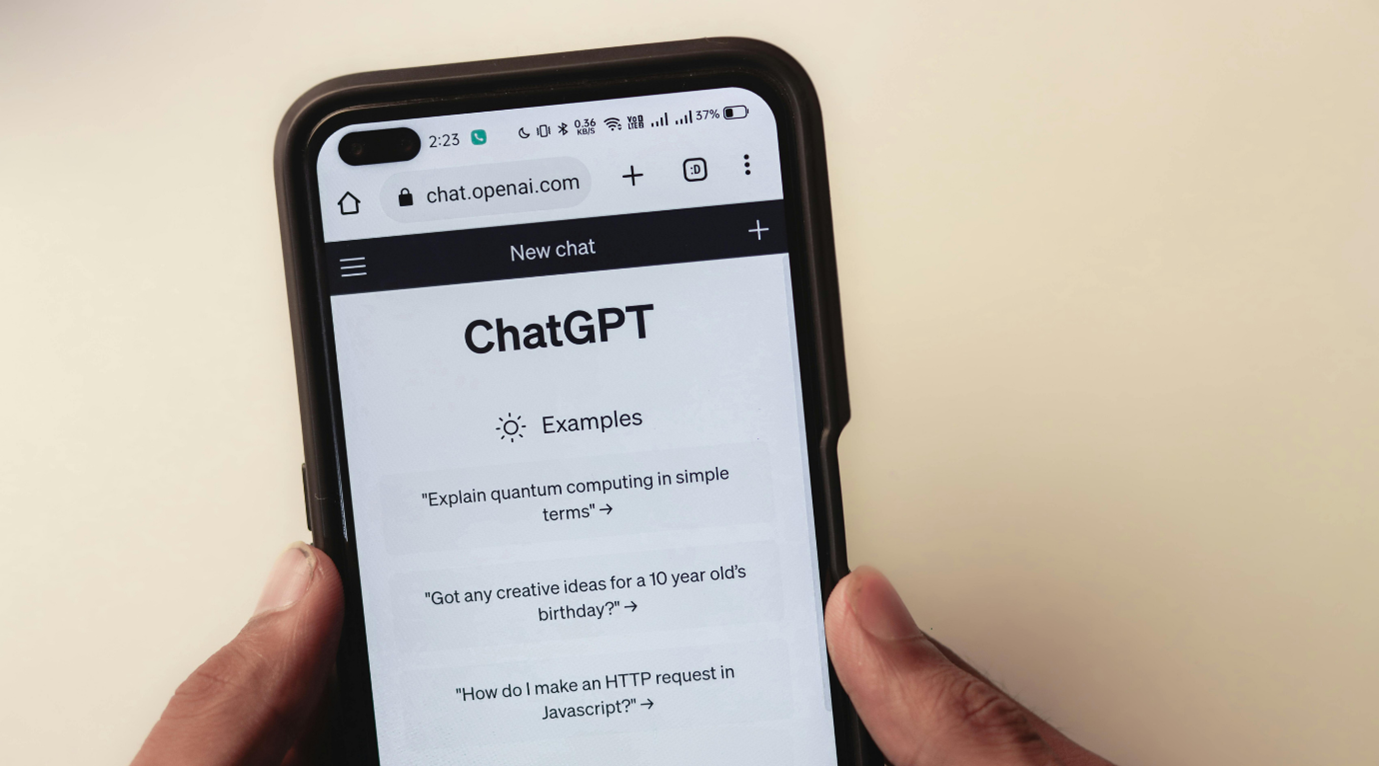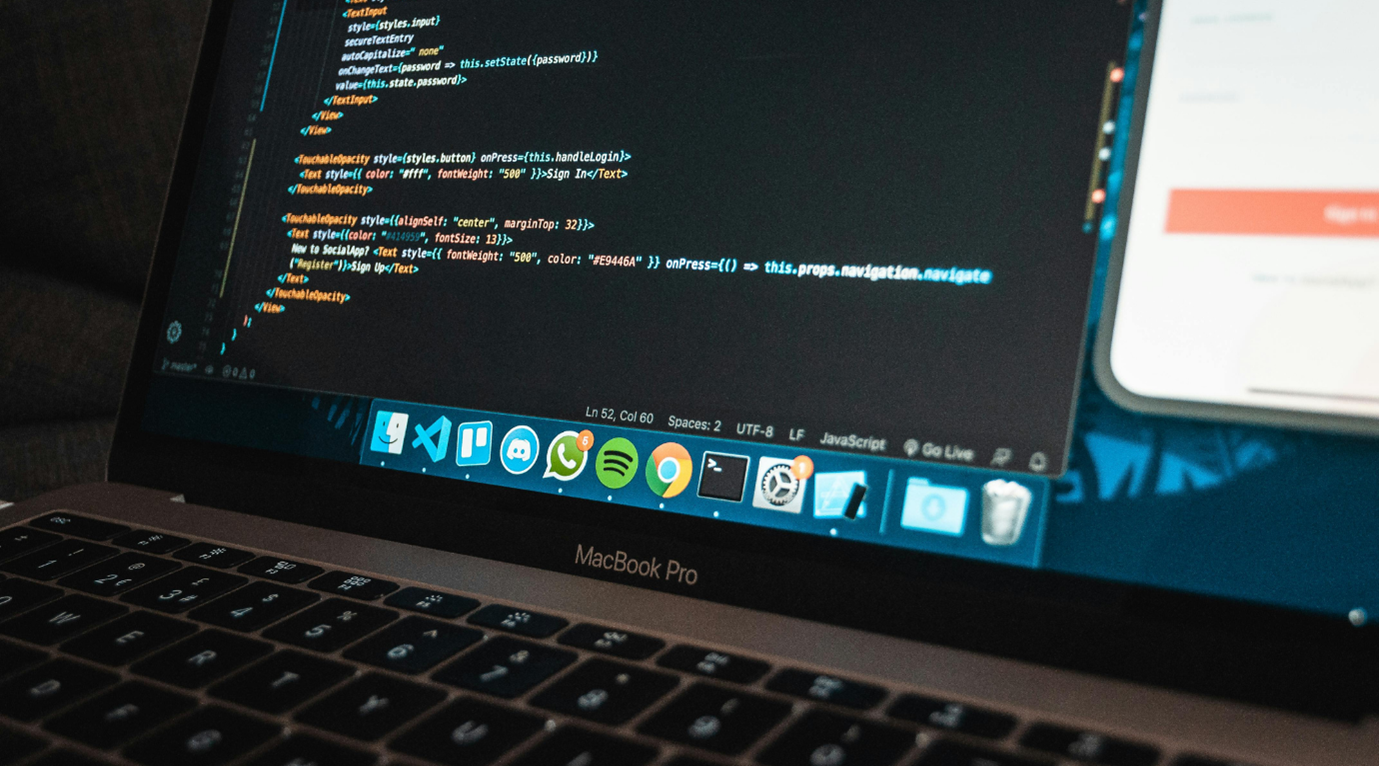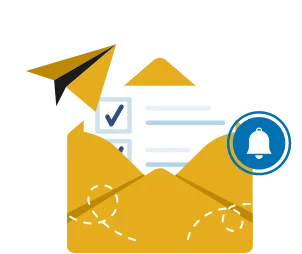How Learning Content Management Systems Are Shaping the Future of Education
Let’s face it—education is changing, and it’s changing fast. Digital tools are no longer just a nice-to-have, they’re a must-have. In this rapidly evolving landscape, the Learning Content Management System (LCMS) is quickly becoming a game-changer. These platforms are empowering both educators and learners by simplifying the creation, management, and delivery of educational content in ways that were unimaginable just a few years ago.
Whether you’re an educator looking to engage students more effectively, a school administrator wanting to streamline operations, or even someone in corporate training, understanding how a learning content management system works—and how it can benefit you—is key. So, let’s dive into the future of education and see how these systems are reshaping the learning experience.
What Exactly Is a Learning Content Management System?
First things first—what exactly is a Learning Content Management System?
At its core, an LCMS is a platform that allows educators to create, manage, and deliver content. Think of it as your digital toolbox for designing and distributing lessons, quizzes, videos, and more. But it’s not just for storing materials—it helps track how students interact with the content and provides insights into their performance.
Unlike a Learning Management System (LMS), which focuses primarily on managing student records and course logistics, an LCMS is about the content itself—making it, delivering it, and improving it.
Why Is an LCMS a Game-Changer?
There’s no denying the power of a well-implemented learning content management system. Here’s how it’s transforming the educational space:
1. Content Creation and Development Tools
An LCMS is like the Swiss Army knife of content creation. Educators can easily create, edit, and manage all types of learning materials—whether it’s text, videos, or interactive quizzes. The days of cobbling together resources from different platforms are over. Everything can be done in one place, which saves time and ensures a more cohesive learning experience.
- Multimedia Integration: Want to mix up your teaching style? LCMS makes it easy to incorporate multimedia elements like videos, audio files, and graphics to make lessons more engaging.
2. Collaboration and Engagement
A good LCMS doesn’t just help with content delivery—it helps with collaboration. These platforms include discussion forums, group project capabilities, and peer review tools, making learning a more interactive and social experience.
- Peer Review and Feedback: Educators can foster a sense of collaboration by enabling peer reviews and group discussions, encouraging students to learn from one another.
3. Data-Driven Learning
Here’s where things get interesting—LCMS platforms can track student engagement, performance, and even behavior. This data helps teachers understand what’s working and what’s not, allowing for adjustments in real time.
- Personalized Learning: By analyzing data, educators can offer personalized learning paths for students. Whether a student is struggling or excelling, an LCMS can adjust the content to better meet their needs.
How Does an LCMS Work with Other Technologies?
A learning content management system doesn’t operate in a vacuum. In fact, its integration capabilities are what make it so powerful.
1. Works Hand-in-Hand with Learning Management Systems (LMS)
An LCMS can easily integrate with an LMS, creating a seamless experience for both students and educators. While the LMS handles the administrative side of things—like grades and attendance—the LCMS focuses on the content.
2. Compatibility with Student Information Systems (SIS)
For institutions dealing with large student populations, keeping track of student data is critical. LCMS platforms can sync with Student Information Systems (SIS), ensuring that data like attendance, grades, and scheduling is always up to date.
- Single Source of Truth: By integrating these systems, schools can manage student information and learning materials in one central hub, simplifying administration.
3. API and Cloud Integration
Modern LCMS platforms are built with interoperability in mind, thanks to APIs and cloud-based solutions. This means you can plug in various other tools and services, creating a flexible, scalable learning environment.
- Cloud-Based Solutions: Because many LCMS platforms are cloud-based, they offer scalability and remote accessibility. Whether you’re in the classroom or halfway across the world, educators and students can access the same resources at any time.
Take your educational or training programs to the next level with a customized Learning Content Management System.
Get Started with Neuronimbus
Real-World Success: LCMS in Action
Let’s look at how LCMS is being successfully implemented in various settings:
K-12 Schools
In the world of K-12 education, personalization is key. LCMS platforms enable teachers to create individualized learning pathways for students. With interactive content and collaborative tools, student engagement skyrockets.
- Personalized Learning: Teachers can use data-driven insights to spot students who are struggling and adjust their learning materials accordingly. The result? A more tailored learning experience that keeps students engaged.
Higher Education
For colleges and universities, LCMS platforms are a lifesaver, particularly in managing online and hybrid learning environments. Educators can easily create and manage content for both in-person and virtual learners.
- Faculty Development: Universities are also using LCMS platforms for faculty training, helping professors stay current on new teaching methods and technologies.
Corporate Training
It’s not just schools benefiting from LCMS—corporations are jumping on board too. LCMS platforms are widely used for onboarding new employees and offering ongoing professional development.
- Skill Development: Companies can roll out training programs, track employee progress, and ensure compliance with industry regulations—all in one place.
Challenges in Adopting LCMS (And How to Overcome Them)
Of course, no technology is without its challenges, and LCMS is no different. Here are some of the common hurdles—and strategies for overcoming them.
Scalability
Scaling an LCMS to accommodate thousands of students and a growing repository of content can be tricky. However, cloud-based LCMS platforms offer scalable solutions that grow with your needs.
Learning Curve
Let’s be honest—some educators may find adopting a learning content management system daunting at first. Professional development and ongoing support can go a long way in helping educators get comfortable with the technology.
- Continuous Training: Institutions need to provide comprehensive training to ensure that educators know how to get the most out of their LCMS.
Data Privacy
Handling large volumes of student data comes with its own set of challenges, particularly around security and privacy. It’s essential to have strong security measures in place to protect sensitive information.
- Robust Security Measures: Make sure the LCMS you choose complies with data privacy laws like GDPR and has strong encryption protocols in place.
The Future of Learning Content Management Systems
The future of education is digital and learning content management systems are leading the charge. But what’s next?
Artificial Intelligence and Personalized Learning
The integration of AI into LCMS platforms will take personalized learning to the next level. Imagine an AI tutor that can adapt lesson plans based on real-time student data. That’s the future we’re heading towards.
Virtual and Augmented Reality
Imagine teaching complex scientific concepts through virtual simulations. VR and AR can create immersive, hands-on learning experiences that traditional methods can’t match.
Gamification
Incorporating game-like elements—such as points, badges, and leaderboards—into learning environments can boost student motivation and engagement. Look out for more gamified learning platforms in the near future.
Final Thoughts: The Time for LCMS is Now
There’s no doubt about it—learning content management systems are transforming the way we educate and train. By streamlining content creation, boosting collaboration, and offering data-driven insights, these platforms are setting the stage for the future of education.
Whether you’re a teacher, an administrator, or a corporate trainer, the time to explore LCMS is now. These systems offer a scalable, flexible solution that meets the needs of both educators and learners.
Ready to transform your educational or training programs with the power of a Learning Content Management System? At Neuronimbus, we specialize in delivering tailor-made solutions that elevate learning experiences and drive success. Let’s collaborate to implement the perfect LCMS for your organization’s unique needs. Contact us today to get started!




